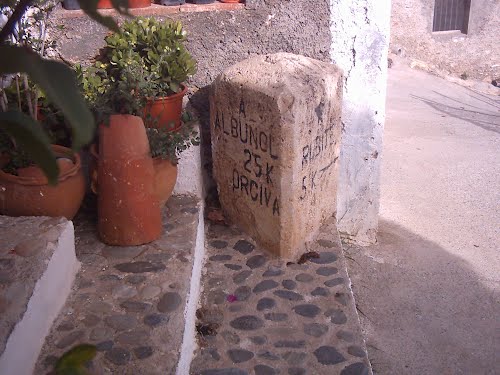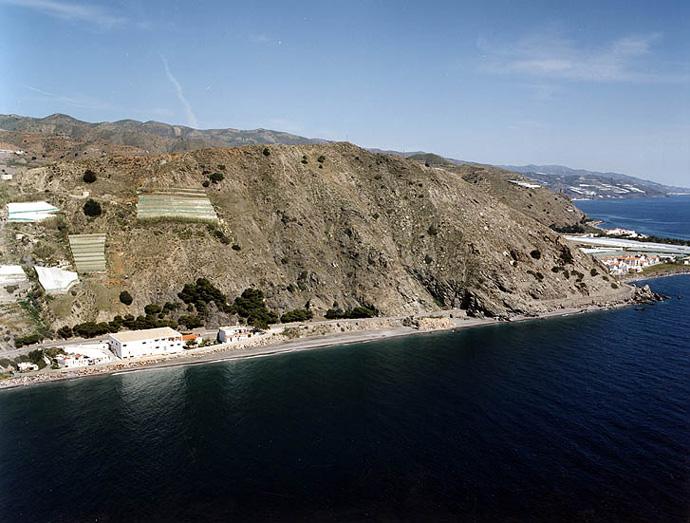| |

|
| |
Rubite-Costa Tropical-Spain |
|
| |
Ubicación |
Coordenadas: 36°43′21″N 3°21′33″O |
Altitud |
10 msnm |
Distancias |
86 km a Granada
94 km a Almera
517 km a Madrid |
|
|
|
| |
| |
|
|
|
|


|
Rubite is a small village from Granada located 800 meters above sea level, with some 524 inhabitants, near the Sierra de LUJAR, and over the Mediterranean and in the foothills of Sierra Nevada and Sierra Lujar.
Pascual Madoz says in his "Geographical Dictionary" that "Rubite is 2 and 1/4 leagues from the Mediterranean, on the hill of Portuguillos that binds to the contraviesa sierra, and between the hills and Arrastradero Baja, has good ventilation, benign and healthy climate.
Confines the term, on the north by the Alcazar, on the east by the Polopos; to the south, with Gualchos and the sea, and on the west, with Lújar. Rubite has several appendages or cortijadas Barranco Ferrer, Don Cándido Sale, Rambla del Agua, Los Diaz, Los Gálvez, besides having in its municipal beaches of Lance (Agrolinamar) and Casarones.
|
|
| |
|
|
|
|
|
 |
|
|
|


|
The origin of the word is a Mozarabism Rubite (Latin "Rubus-Rubetum" which means "blackberry"). The first news of the existence of Rubite are located in the Andalusian era. In the eleventh century Al Udri speaks of the existence of Yuz Bagis, who more than likely would be assigned Rubite. Under the Nazarite domain (XIII-XV centuries), the territory consisting of Sierra LUJAR-CONTRAVIESA corresponds with the Alpujarra tahas Sahil and Suhayl (later called by the Spaniards "Great and Small Cehel"). In these mountains Berber farmers Contraviesa grown irrigated orchards with water from ancient aquifers and springs eagerly captured mines, pipelines and albercas.De different micro-regions comprising the kingdom of Granada, the most noted the population increase between 1714 and 1787 are the most southerly, being near the coast which shows more vitality throughout the century |
|
|
|
|


|
Three cisterns Rural Almohads Dating from the twelfth century and are spread in different parts of the municipality. Next to one of them is the Mirador Loma cistern, from where you can enjoy superb sea and Sierra Nevada, Sierra LUJAR, Olias, Fregenite, etc views. The Church of the seventeenth century. It has some images from which include a wooden sculpture, depicting the scene of the Passion of Jesus carrying the cross (Nazarene), difficult time determined by abundance of overpainting was the only size that escaped the burned during the Civil War. The image of the Virgen del Carmen is a carving of special interest both for its artistic quality and its historical value. This image is a dress that Virgin may date from the sixteenth century and retains its original clothes. |
|
|
|

